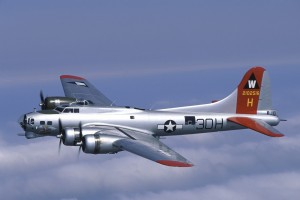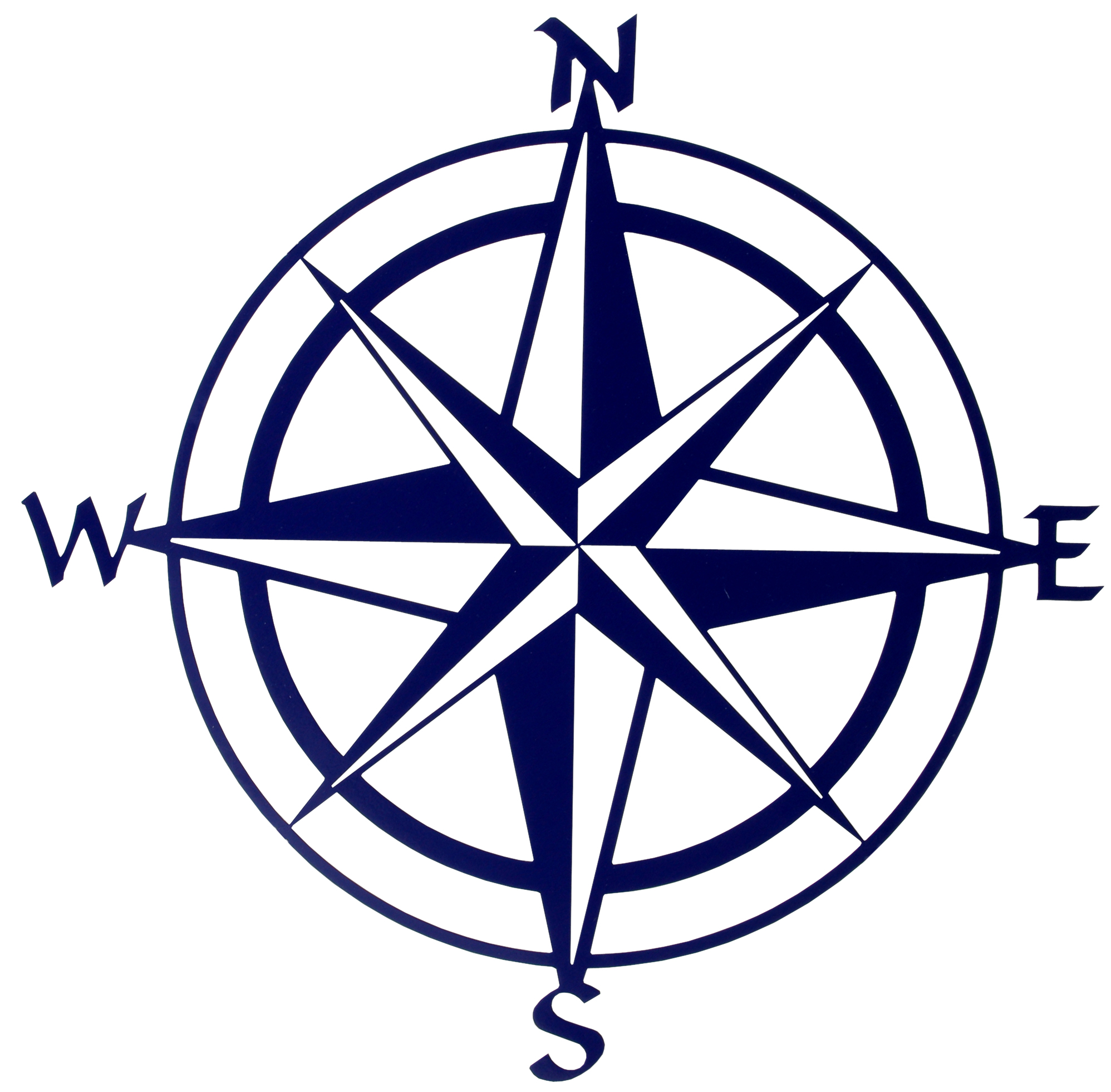Fights of Old, Flying On

EAA’s B-17G-VE, serial number 44-85740—nicknamed Aluminum Overcast—was delivered to the U.S. Army Air Corps on May 18, 1945.
The first B-17E, carrying nine machine guns and a 4,000-pound bomb load, was the first mass-produced version of the Flying Fortress. “It was the first Boeing airplane with the distinctive—and enormous— tail for improved control and stability during high-altitude bombing,” Boeing says.
The planes also fought against the Japanese in the Pacific, earning an intimidating reputation, as they could survive in the air even after taking rough beatings, including losing parts of the fuselage.
“Boeing plants built a total of 6,981 B-17s in various models, and another 5,745 were built under a nationwide collaborative effort by Douglas and Lockheed (Vega),” the website recounts. “Only a few B-17s survive today; most were scrapped at the end of the war. Some of the last Flying Fortresses met their end as target drones in the 1960s—destroyed by Boeing Bomarc missiles.”
One particular B-17 Flying Fortress lives on: B-17G Flying Fortress Aluminum Overcast. It will make an appearance at the Cape Fear Regional Jetport (4019 Long Beach Rd. SE) on October 17th, 18th and 19th. Chapter 939 of the Experimental Aircraft Association (EAA) will host the three-day tour stop of one of the last surviving airworthy B-17 “Flying Fortress” bombers from World War II. Flight experiences as well as static display tours will be available each day at the Cape Fear Regional Jetport on the Airport Road side of the field. For more information, visit www.b17.org or contact Ginny Largent at (301) 801-3672 or glargent2@verizon.net.











Leave a Reply